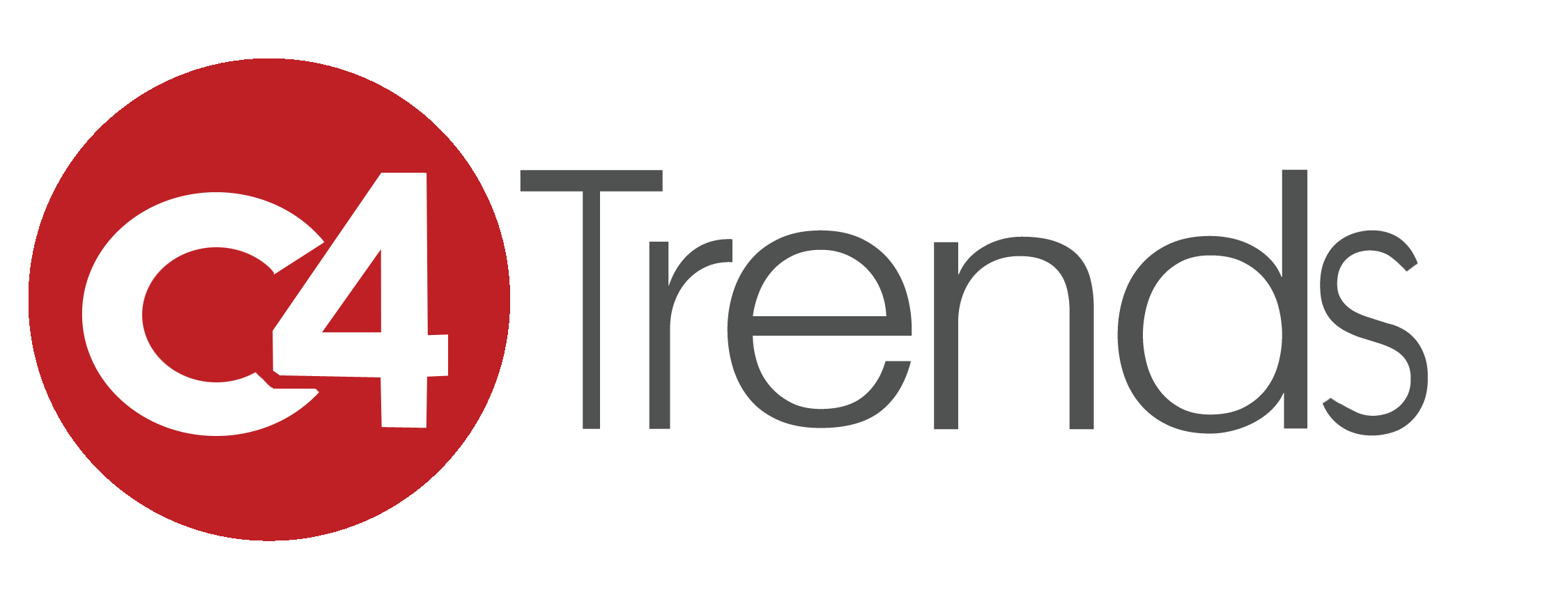 As we move more deeply into 2016, the big question for retailers is, what are the ‘killer’ products? We would suggest that wearables and fitness merit serious consideration, as people are concerned about their health and well-being, and as 80 becomes the new 60. There are opportunities for retailers selling directly to consumers as well as to local institutions, insurance programs, and more.
As we move more deeply into 2016, the big question for retailers is, what are the ‘killer’ products? We would suggest that wearables and fitness merit serious consideration, as people are concerned about their health and well-being, and as 80 becomes the new 60. There are opportunities for retailers selling directly to consumers as well as to local institutions, insurance programs, and more.
Wearables and smart devices are entering a new phase, as smartwatches push into the mainstream, along with a slew of other new form factors including lifestyle accessories. We’ve been through the early phases of fitness trackers – with many of them comfortably stored in the back of a drawer.
The wearables market is growing and changing at a very rapid pace – and this turnover is good news for the retailer. Just consider industry projections. Global shipments of wearable devices will hit 61 million in 2015 and then climb to 134 million by 2018, representing a compound annual growth rate of 30.4 percent, according to research firm MarketsandMarkets.
More than 300 wearable products are on the market or are set to be launched soon, according to a database maintained by Vandrico Solutions. These devices offer a wide range of opportunities for retailers across seven categories: industrial, medical, entertainment, gaming, fitness, lifestyle and pets/animals.
Over the past few months, there’s been a distinct change in the market’s focus. While the Apple Watch and Samsung’s Gear are popular and took market share from fitness wristbands, the emphasis is now on the expanding range of devices, and this was on full display at CES 2016 – on the show floor as well as through this year’s CES Innovation Honorees in the Fitness, Sports and Wearables categories. Some of these products will sell themselves – but for others, retailers need to create an experience!
Several key trends are emerging trends that retailers may want to consider exploring. Is it suitable to your market and demographic? This will likely affect the types of products a store will stock to move. This includes considering, for instance, are your customers primarily Millennial or Boomer? Active or sedate? Is the key decision-maker male or female? It also entails gaining an understanding of how these products are best used.
This month, our focus is on an examination of fitness trends and products.
Fitness
What has been driving the fitness and wearables market is that consumers seem willing to impulsively buy multiple devices. Brands like Fitbit, Jawbone UP and Nike FuelBand have become mainstays. Fitbit currently owns the largest market share, approximately 68 percent, according to research by The NPD Group. The category has been significantly impacted by the introduction of smartwatches, as they have the capacity to provide the same data as traditional fitness trackers.
With the mass uptake of disruptive devices such as the Apple Watch, many ‘me-too’ tracker devices have taken a hit in the market. Accordingly, while this market is expected to remain steady, it is not expected to grow extraordinarily. The market for sports, fitness, and activity trackers will grow at an annual rate of 7.5 percent for the next three years, reaching $2.6 billion by 2018, according to research group IHS.
Award-Winners
CES 2016 honorees in the Fitness, Sports category include the following:
- Garmin’s Varia Rearview Bike Radar. It helps create a safer cycling environment by warning cyclists of vehicles approaching from behind up to 140 meters, and also warns approaching vehicles of a cyclist ahead. Varia works independently and integrates with select Garmin Edge cycling computers.
- Garmin’s vivosmart HR was also recognized. Wear today’s fitness goal on your wrist. It’s the only sunlight-readable, touchscreen activity tracker with a wrist-based heart rate monitor and a full suite of smart notifications. It counts steps, calories, floors climbed and measures Intensity Minutes.
- Pioneer’s SGY-LT90 Dura-Ace 9000 Series Single Leg Power Meter is an affordable step into power measurement, offering highly accurate power metrics for those new to power but interested in integrating power into their ride to evaluate and improve cycling performance.
- If you’re located in the mountains, skiing seems to offer new opportunities for retailers with three products recognized for Innovation:
- Digital Ski – high-end precision sensors attached to each ski that measure the exact movements (speed, angles, pressure, traction etc.) of the athlete and exchange information between each other. The information is then condensed and visualized within a Ski-Cockpit (tech-glass).
- Run Rockets & Digital Ski are high-end precision sensors attached to each ski or running shoe that measure the exact movements (speed, angles, pressure, traction etc.) of the ski or feet and exchange this information between each other. The information is then condensed and visualized within a Race-Cockpit (tech-glass).
- The In&motion intelligent and connected skier airbag vest – This is a light wearable vest with an embedded detection device. It is able to inflate an air bladder, which protects vital body parts before a potential impact. The detection algorithm is constantly improved based on collected user’s data with a smartphone app.
Susan Schreiner (susan@c4trends.com) is the founder and editor of C4Trends.com and a veteran journalist who covers developments in consumer technology. She is also a CE industry and events analyst.
(This article originally appeared in the February issue of Dealerscopemagazine.)

